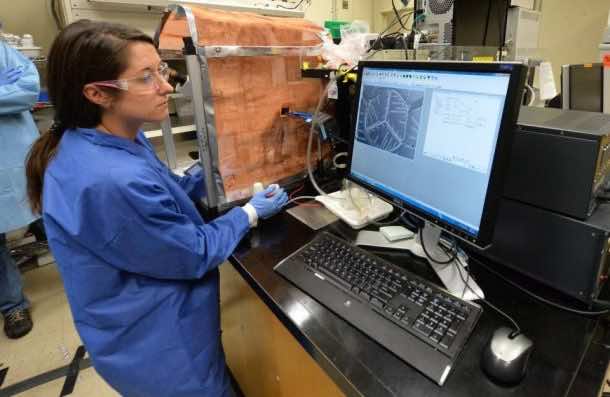Using animals, lab rats, or monkeys to perform different psychological, biological, and physical experiments has been a point of concern for decades now. The scientists defended it by claiming that they were helpless and had no choice besides this. In a bid to make this questionable act a thing of the past, scientists at Lawrence Livermore National Laboratory are working on a technology that can replicate vital human tissues on microchips. This may finally end the much-debated point of contention between the human rights’ activists and the scientific community.
This program called “Human on a Chip” aims specifically at shifting the experiments from living animals and humans to the non-conscious human cells that are replicated in the lab. They will then be exposed to chemicals and electrical signals for the experiments just like any other lab animal.
While labs around the US are using similar technology to test different organs of the body, this technology is different as it will focus on the four basic body functions; the central nervous system, peripheral nervous system, blood-brain barrier, and the heart.
The chips allow scientists to experiment and calculate how certain body parts react towards certain stimuli. For example, how does a stomach or brain cell react to the caffeine, heart medicine, or other more dangerous toxins? How a taste bud or a cell from peripheral nervous system react to the application of capsaicin, the chemical that makes peppers hot?

(Credits: newsobserver)
These cells can survive and function on their designated chips for several weeks which allows them to undergo different kinds of experiments effectively. This includes analyzing some long term effects such as the reaction of cells towards exposure to drugs or chemicals.
The lab gets its human tissues from AnaBios Corp where they are extracted from the organ donors. They are not grown from stem cells and are mature enough to provide a more reliable response to stimuli. Though this procedure is still in its early stages, it is catching popularity like a wild fire. It is because it can serve as a great alternative to a more complicated and costly human/animal experimental procedures.
According to PETA, more than 100 million animals are killed in experiments each year in the United States, and this technology can help to protect those precious lives. This also means that the scientific and the animal welfare communities are on the same page and are striving towards protection of human life from exposure to chemicals and diseases during these lab experiments.
Here’s a video explaining the concept of “Human on a chip.”
Do you have anything else to add to the article? Comment below!


